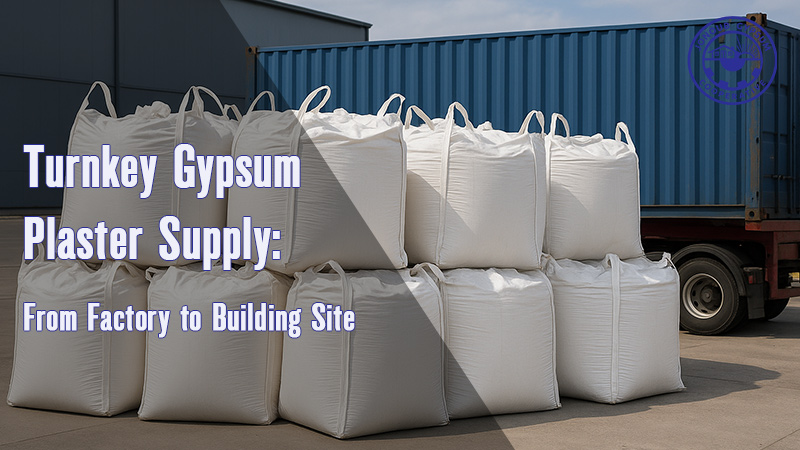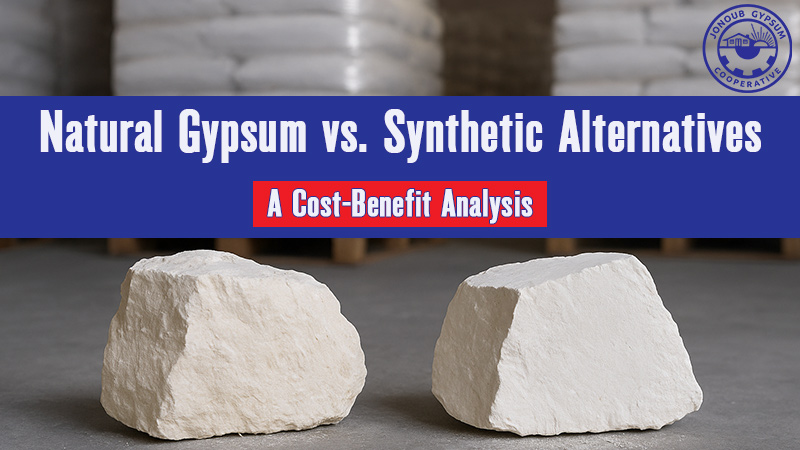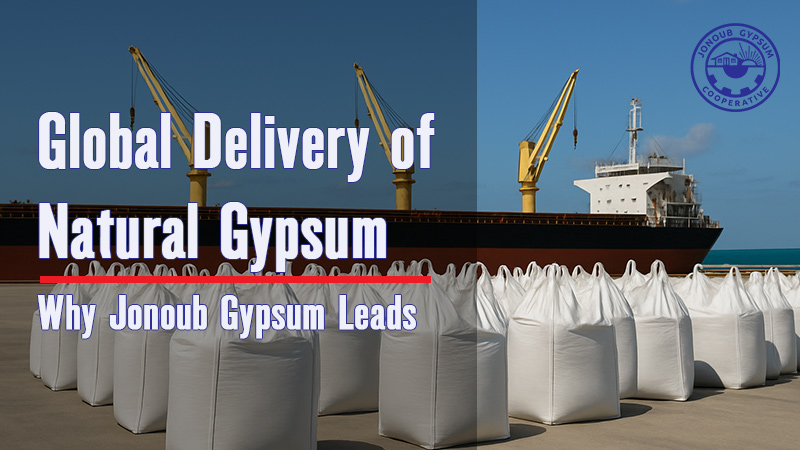
Gypsum Chemical Structure
Mines are the underground treasures of every land. The resources in these mines, including precious metals and other minerals, are essential for growth and development of developing countries. and the opportunity to advance macroeconomic goals. The growth and development of countries are directly related to their ability to properly utilize these resources. to complete infrastructures and to gain foreign exchange revenues by exporting them.
The Gypsum, a very soft mineral also known as “calcium sulfate hydrate” is one of these strategic resources. chemical structure of gypsum is recognized by the formula CaSO4 2H2O. Gypsum is the naturally hydrated calcium sulfate found in several crystalline forms. This mineral is found in relatively thick layers in solid crust of the earth which can be extracted and used.
Similar to lime, gypsum is heated up to about 180 °C in special ovens after extraction for water molecules. to lose 3/2 of their crystallization and form the usable plaster in constructions and moldings. The chemical reaction of forming plaster from gypsum is as followed.
CaSO42H2O CaSO41/2H2O + 3/2H2O.
Gypsum is the common and commercial mineral of calcium sulfate. and since it contains two water molecules, it can serve as a functional agent. At a temperature of about 180°C, Gypsum loses 3/4 of its water content. and is converted to CaSO41/2H2O, which is called baked or calcined plaster. If the above material is exposed to water, it re-absorbs the lost water molecules. and is converted back to gypsum, in fact, baked or calcined plaster clamps.
Note that the plaster that is sold on the market is baked. By heating gypsum at different temperatures, different types of plaster can be produced. Pure gypsum is colorless or white. However, depending on the presence of impurities can also be seen in different colors. such as iron oxide, clay materials, lime, silica, carbon, mass and homogeneous gypsum samples. they make colors like muddy, red, brown, yellow, or smoked colors.
It looks granular or fibrous under the microscope and can be easily scratched by a nail. As a result of heat and the water loss, it turns to turbid. Pure gypsum has 20.9% structural water, 46.6% SO3, and 32.5% CaO. According to ASTM standards, the minimum purity required for industrial gypsum is 70%, while most commercial gypsums have 75-95% purity.







